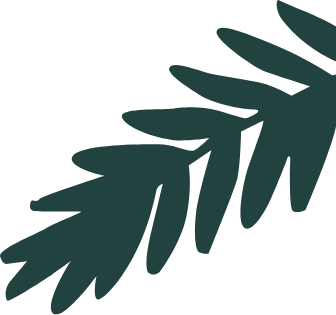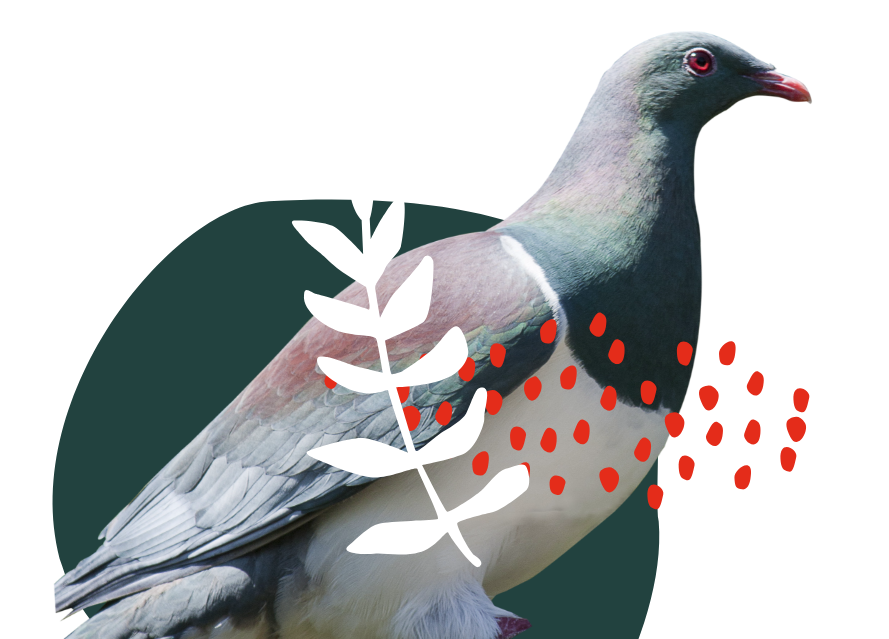To understand how effective the Tiakina Whangārei project is we need to measure the impact our mahi is having.
There are several ways that this can be done, ranging from: recording pests caught in your backyard traps, recording the number of people and the amount of time that they donate to Tiakina Whangarei activities, or measuring changes in pest or wildlife populations before and after pest control.
Trap.NZ – Online Recording Tool
Trap.NZ is a tool that allows you to keep online records of traps catches and is crucial for the success of our project! It is easy to use, and is available either online or as a downloadable app. Click here to download instructions on how to join the Tiakina Whangārei project on Trap.NZ and enter data.
Monitoring Native Species
One of the main reasons why we do pest control is to protect and promote native biodiversity (although, we may also want to get rid of vermin from our homes or reduce the number of fruit taken off our trees!).
Doing some biodiversity monitoring is one way that we will know that your pest control is being successful. There are a number of established monitoring programs that you may like to take part in. For example:
- The New Zealand Garden Bird Survey
- The Great Kereru Count (although, we call them kukupa up here!)
- Helping the Pukenui Western Hills Forest Trust with their kiwi call counts
The Northland Branch of Birds New Zealand have started monitoring birds across Whangārei using the five-minute bird count method. This is a great actiity for families to do together, or neighbours! If you would like to learn more about this, please get in touch with the Regional Representative for Northland.
Monitoring Pests
In addition to recording the number of pests that are removed from Whangārei, it is also important to determine how many are left. The Tiakina Whangarei project will be surveying pests populations across Whangārei on a regular basis, however, you may like to consider doing some monitoring to determine the presence or absence of pests in your area using chew cards and waxtags.
Chew cards are rectangular pieces of plastic corflute that have lure inserted between the layers while waxtags have a small wax block at one end. Pests will nibble on these devices and are identified through their bite marks.
For home use, both devices are deployed in a similar way:
- Find a location that looks a bit ‘pesty’, such as close to some vegetation, on a fence, by the compost bin or close to a fruit tree.
- Attach the device with a nail about 30cm above the ground. If you have a dog that may interfere with it, attach it higher up. (Fold chew cards as shown in the photo before attaching).
- Check the device regularly and note any interference. These devices can stay out for a month or longer.
It may be difficult to determine what species interfered with your device, but there are some very good sources of information to help you online.
If you are still unable to determine what nibbled your chew card or WaxTag, please get in touch with the Northland Regional Council.
If you want to determine the relative abundance of pests in forested areas using these devices, please consult the established protocols or talk to us about your monitoring plan.
Chew cards and WaxTags are both inexpensive – please contact the Northland Regional Council if you would like to purchase some.



